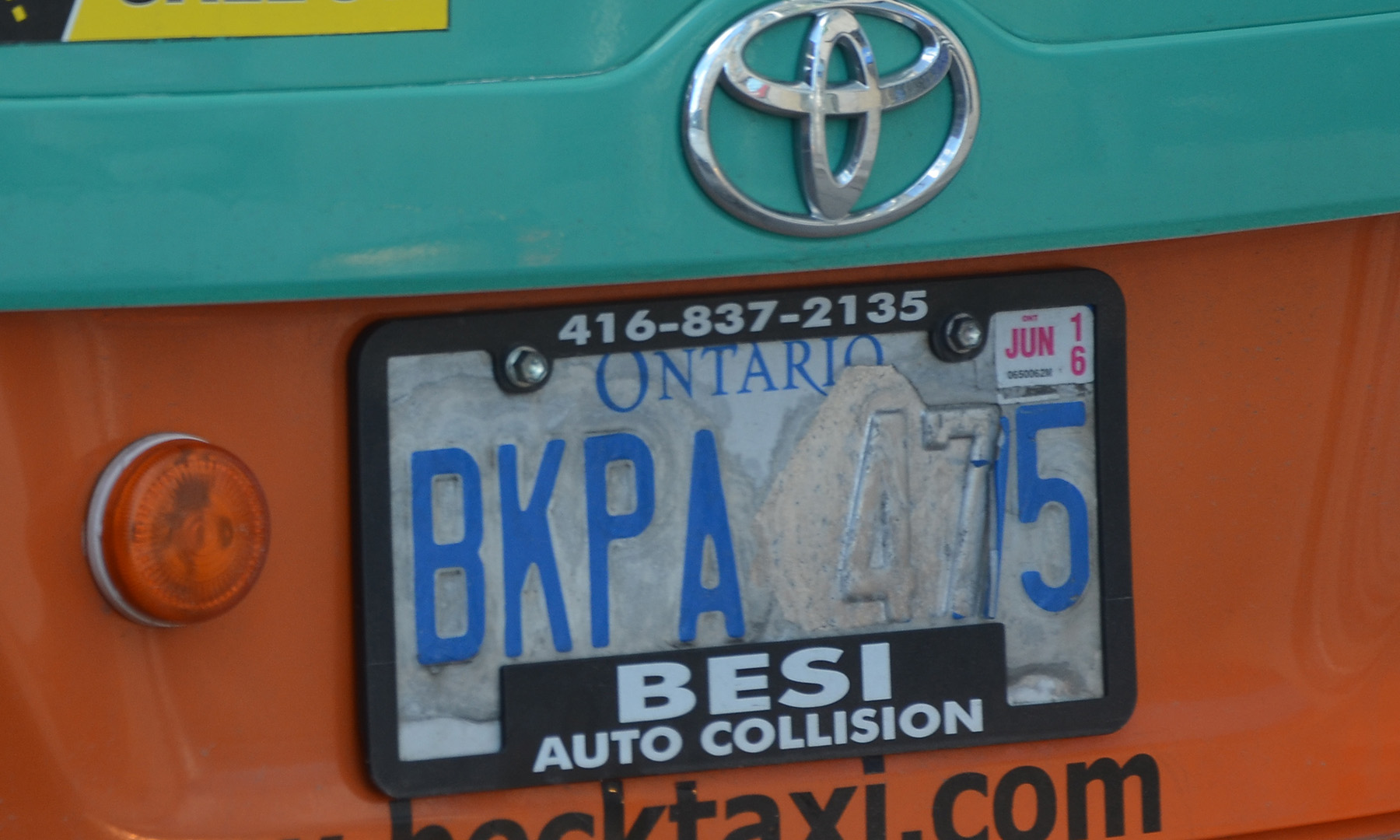The Ontario government’s plan to get rid of licence plate sticker fees on household vehicles will cost the treasury $1 billion a year.
That’s a big number, but here’s an easy way to picture it: $1 billion is what it would cost to hire 12,000 new registered nurses.
By sheer coincidence, sticker fees are $120 a year in southern Ontario. That’s 12,000 cents. In other words, every penny a driver pays for their vehicle licence is enough to pay one new nurse.
If you could hire a nurse for a penny a year, why wouldn’t you? That’s what’s possible when we pool our resources.
Ontario needs more nurses. We’ve had fewer nurses per capita than any other province for 30 years. At last count, in 2020, we had 98,000 of them. We would need another 22,000 just to reach the Canadian average, relative to population.
Sadly, it’s not just the number of nurses where Ontario falls down. Queen’s Park spends less per capita on health care than any provincial government. We must spend more.
There is no disputing this point, which Premier Doug Ford agrees with. That’s why he insists that the federal government must send Ontario an extra $10 billion a year through the Canada Health Transfer.
But even though health care needs money, the province keeps cutting its own revenues. Right now, provincial tax cuts and credits brought in since 2019 are draining $5 billion a year from public coffers. That’s money that’s not available for public education. Or to address the housing crisis. Or tackle the climate crisis. Or do anything else that requires collective action.
Like running a modern health-care system.
On Feb. 22, the premier repeated a line he has used many times before: “I know that people can spend their money a lot wiser than the government.” He suggested that Ontario drivers “maybe go out for dinner with that $120.”
It’s nice to have someone else cook, to be sure. But individual dining choices won’t pay for public services. We must pay for them together, as a society.
The good news is, when we do, it’s a bargain. That’s when a new nurse costs a penny a year.
Medicare in Canada got its start in Saskatchewan after a 10-year Depression and a World War. The people in Swift Current Health Region No. 1 didn’t have much money, but they still found a way to pay doctors’ bills and hospital costs through their taxes. They knew two things worth remembering today: if you want something, you have to pay for it, and if we all pay for it together, it costs less.
Less costly doesn’t mean free. You get what you pay for. And right now, Ontarians are getting a lot less than other Canadians. We spend $2,000 less per person per year on public services than the average of the other provinces. And according to the Financial Accountability Office, Queen’s Park is on track to drive that number down by a further $1,281 per person by the end of the decade.
This trajectory can only make it harder to meet basic standards in health care, education, and so on. In response, those who can afford to do so will abandon the public system and buy those services privately. Those who don’t have that luxury will pay the price, and $120 won’t go very far.
And let’s be clear: we are using that $120 right now to fund public services Ontarians need. We can’t afford to lose it.
When every penny is a nurse, cutting sticker fees is sheer folly.
Randy Robinson is the Ontario director of the Canadian Centre for Policy Alternatives. This piece was originally published in the Hamilton Spectator.


